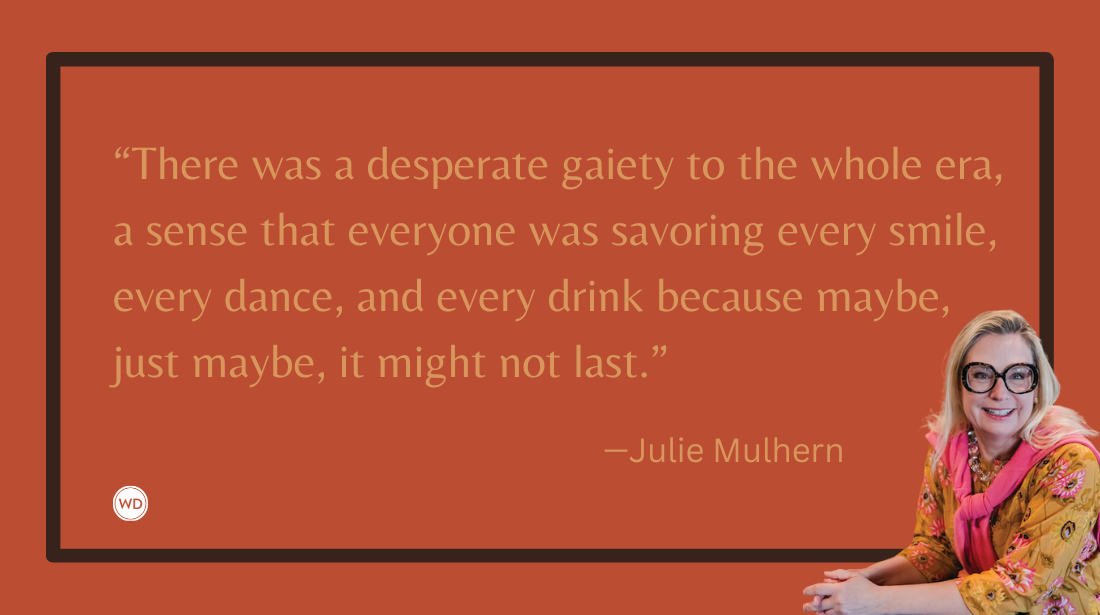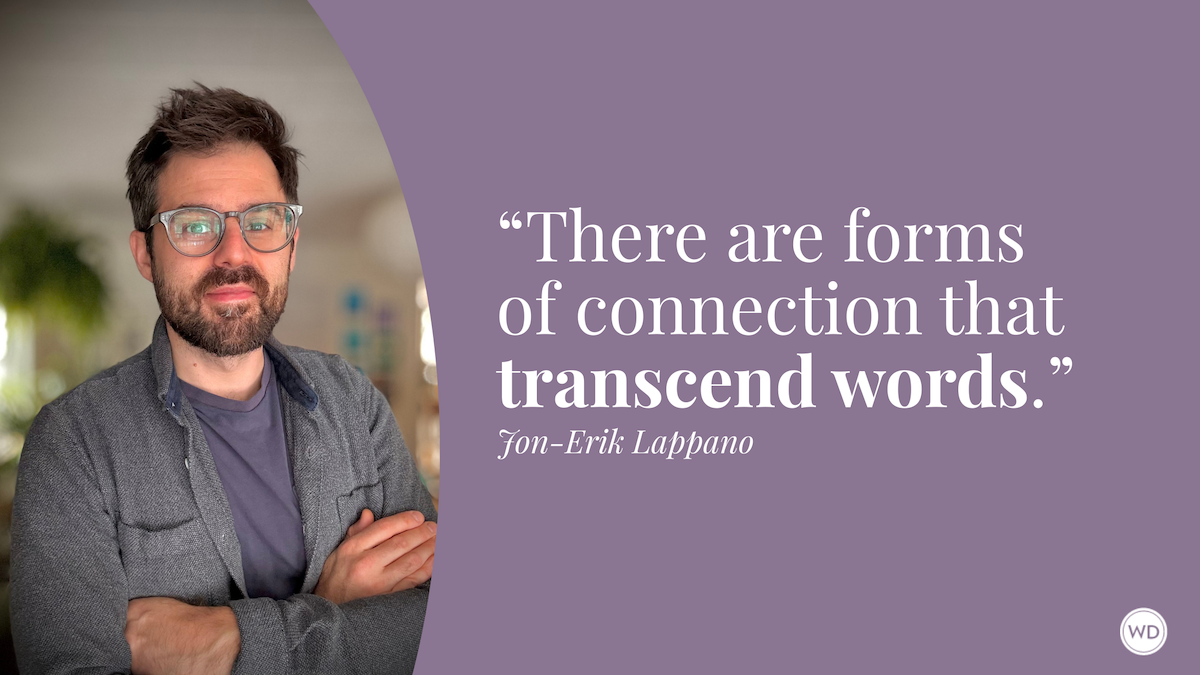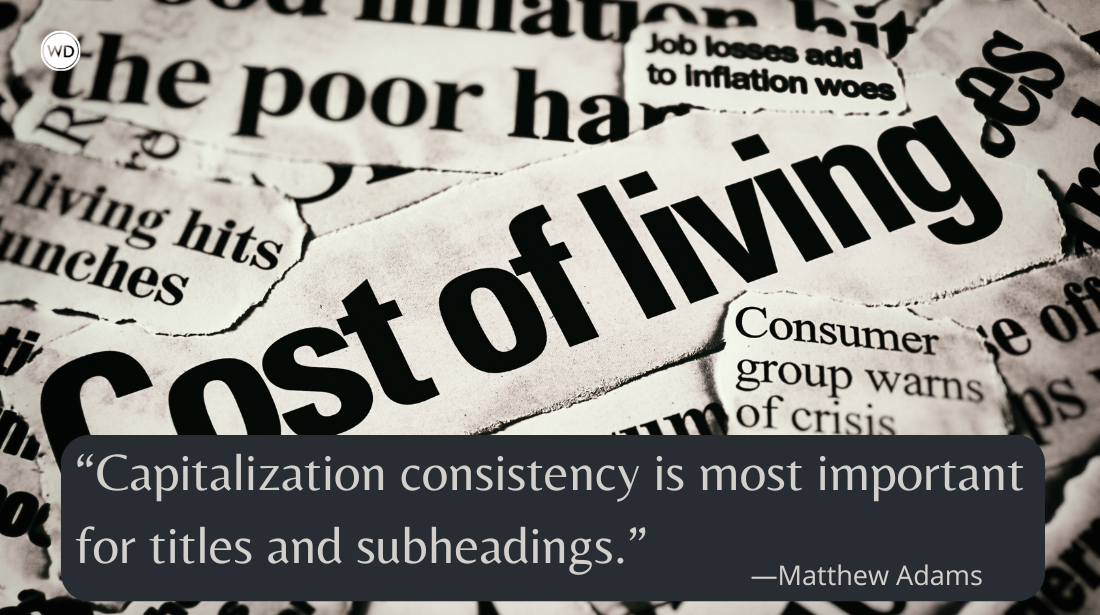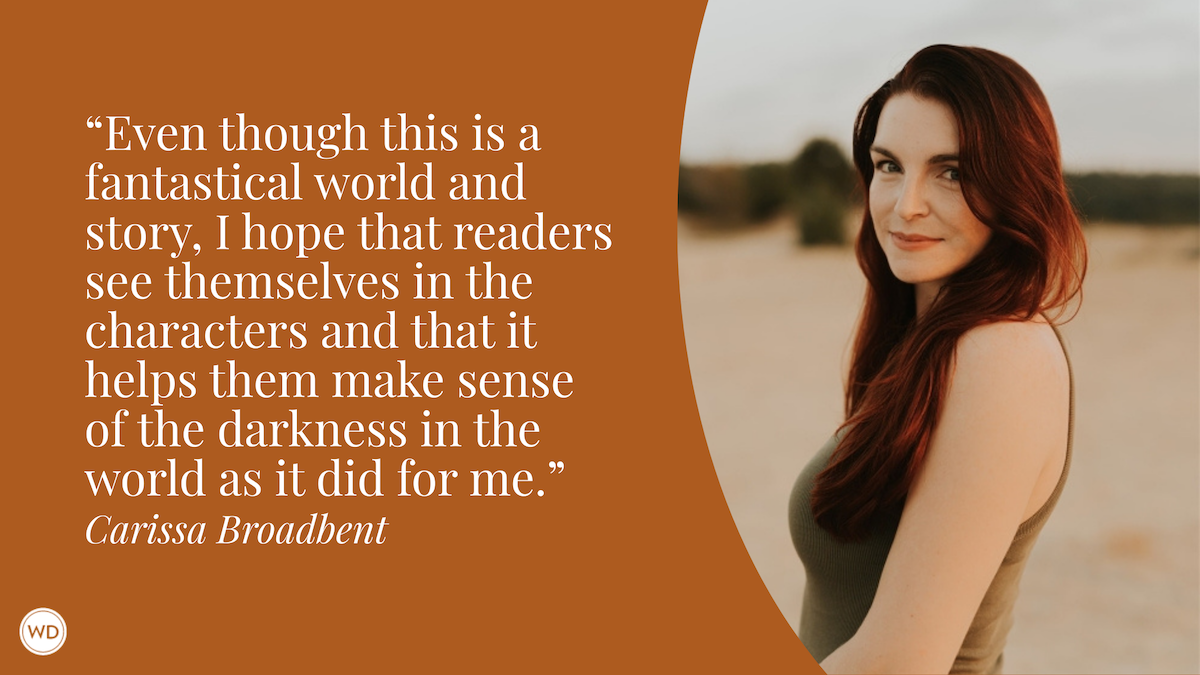6 Misconceptions (and Truths) About the Fight or Flight Response (FightWrite™)
Trained fighter and author Carla Hoch reveals six misconceptions (and truths) about the fight or flight response, including the freeze.
When our body perceives that its wellbeing in under threat, it goes into survival mode to protect us. This mode is commonly referred to as fight or flight. While those are two stages within the body’s survival process, the phrase couldn’t be more misleading. In this post with FightWrite® on the WD blog, we will take a closer look at fight or flight and some common misconceptions around it.
Misconception: Survival Mode Is for Physical Threats
Truth: Survival Mode Is for Any Threat
Any time our brain perceives that we are in danger, it enacts our threat response system. That danger may be physical, mental or emotional. While the mind doesn’t react to threat exactly as body does, it still goes through and displays all the threat responses. For example, consider the flight response in fight or flight. Fleeing a physical threat may look like running. Fleeing a mental threat may look like quickly pushing back away from a table. In my book Fight Write, Round Two, as well as here on the WD Blog, I go over how survival mode impacts our body language.
Misconception: Fight or Flight
Truth: Right Words. Wrong Order. Plus One.
Because survival mode is commonly called fight or flight, we have this idea that is how the body responds to threat: It fights it or flies from it. Sometimes the word freeze is added to the end of the phrase and that’s good. Freeze is a part of survival mode. But it doesn’t come after flight, and fight certainly doesn’t lead the parade.
Misconception: Freezing Is Cowardly
Truth: Freezing Is Crucial
The freeze response is the first and most crucial link in the chain of three threat responses. At the first sign of danger, everyone freezes. There is both a biological and strategic reason for this. Biologically, while in survival mode, the body seeks to conserve energy. As the threat grows, so does the expenditure of energy. If we all immediately fought every threat, we wouldn’t have energy left for any threat that followed.
Freezing is a strategic response for many reasons. One of those reasons is why you and I exist today. Our ancestors, who lived among predatory animals, froze as a means of staying alive.
When my Viking ancestors, let’s say my ancestral grandmother, was in the woods and heard a bear approaching, she immediately froze. She likely also covered her mouth with her hands and held her breath as a part of that freeze response. This is how that kept her alive:
- Many predatory animals have eyesight that is keenly attuned to movement. My Viking granny’s freeze response kept her from attracting the bear’s attention.
- These same predatory animals also have a chase response. They instinctively chase what runs from them. Because Viking granny stayed still, this wild response wasn’t activated.
- These same animals have keen hearing. Because my amma (Norse for meemaw) was still, the bear didn’t hear her footsteps.
- Because amma held her breath, her breath didn’t show in the cold and her vocal cords were poised to scream if necessary.
- Because she covered her mouth, when she resumed breathing, the sound was muffled and the steam from the heat was filtered.
Second, freezing allows us all a moment to assess the situation. The average human brain responds to stimulus in as little as .25 seconds. In that fraction of a second, our brain can determine what we need to do next—or not do as the case may be.
Third, freezing can make us seem dead which can keep us alive. The vagus nerve is a key component in the parasympathetic nervous system, a part of our nervous system that functions without our thinking about it. Sometimes our vagus nerve believes the best way to keep us alive is to make us make us shut down. That can look like a lot of things including us dropping into a fetal position. This is sometimes called a flop response. I was a flopper as a child. If I was startled intensely, my knees buckled and down I went into a heap. I was basically the human version of a fainting goat.
This could have been helpful to me depending on the predator. I would have attracted less attention and, depending on the predator I might have been sniffed and then left alone. This is also a valid response to a human threat. A friend of mine was accosted in her home by an unknown assailant. Her body went limp, as if she had died, and her bladder emptied. She did not pass out. She was very much aware. The would-be rapist, completely shocked, left her home. In that example the freeze response pulled triple duty by also distancing her from the threat and ultimately fighting against it.
Misconception: Flying Is Running
Truth: Flying Is Distancing
When the brain perceives that freezing isn’t sufficient for safety, it increases the energy level to the flight response. The word flight gives the impression of fleeing quickly. But the essence of the flight response is distance. You are putting distance between you and the threat.
There are many ways to put distance between ourselves and a threat. We can absolutely run. We can also climb beyond reach or settle into an area where the threat can’t fit. Just as well, we can do less active things that distance ourselves from pain. One of those is fawn.
Fawn is sometimes described as its own survival category. The goal of fawning is appeasing the aggressor long enough for the victim to delay or escape pain. To me, those are forms of distancing and therefore a manner of flight. Whatever you do to create distance between you and a threat can be seen as flight mode.
Misconception: Fighting Is Physical
Truth: Fighting Isn’t Always Physical
The final step in the survival chain of events is to address the threat directly and fight it. Fighting is reserved as a last resort as fighting, in the traditional sense, can expend the greatest amount of energy and energy is life. Sometimes, however, addressing the threat doesn’t require a great amount of physical energy. A trigger pull requires very little physical effort. Neither does turning on a computer.
In the modern world, technology is becoming the weapon of choice and that, too, is fighting. Drones can drop bombs. So can photos or videos leaked online! Cyber-intimidation and bullying can be insidious forms of combat. Keep in mind that although psychological combat, such as can take place online or in real life, may not require much physical effort, they can still, however, be incredibly taxing mentally. There is still an expenditure of energy.
Misconception: We All Lean Toward One Survival Response
Truth: We All Do Them All—Usually
Some believe that each of us leans toward a particular response. In other words, some folks are naturally geared toward one mode and go immediately to that response. For example, you might see your warrior character as a fighter who immediately addresses the threat.
The truth is, we all go through all the steps of survival mode. We all freeze, fly, then fight, in that order. Where we differ is where we might get stuck. Previous traumatic experiences can cause us to get caught in one or spend too little time in another step of survival mode. If your character was a POW who had to fight for their life daily while in captivity, they may escalate to the fight response quicker than what is appropriate or safe.
Here's what that looks like. The POW character is on the street and a car backfires. That character will stop, or freeze, then duck his head and step back, or flee. He then might grab someone near him, cover them protectively, then put a hand out defensively, or fight. Had that character’s freeze response not been impacted by trauma, he might have realized that the sound he heard was a car.
Survival mode is a brilliant function of our brain. What we’ve gone over here barely scratches the surface. Just be aware that when your character is thrown headlong into fight or flight, they will not immediately fight then flee. Biologically and strategically, their body knows that it should go through certain steps in a specific order to provide the best chance of survival. And, you can display each of those steps in a way that is peculiar to your character and best for your story.
Until the next round with FightWrite® on the WD Blog, get blood on your pages. Also, if you are going to the Writer’s Digest Conference in July, and you need some mentoring with your fight scene, please make an appointment with me. We can troubleshoot, brainstorm, or literally walk through your scene to be sure it is exactly what your story needs. I will also be teaching a class on injuries (that includes lots of pictures) as well as a tactical class in which I will take questions from you all regarding fight movement. If you’ve been to my classes before you know they are fun and fill up quick! Sign up now to reserve your spot!
Carla Hoch is the award-winning blogger of FightWrite® and author of the Writer’s Digest book Fight Write: How to Write Believable Fight Scenes. She is a WDU instructor who regularly teaches on the craft of writing fight scenes, action, and violence as well as the mechanics of fighting for writers. Carla is a world champion jiujitsu player and has experience in almost a dozen fighting styles. She lives and trains outside Houston, Texas.









